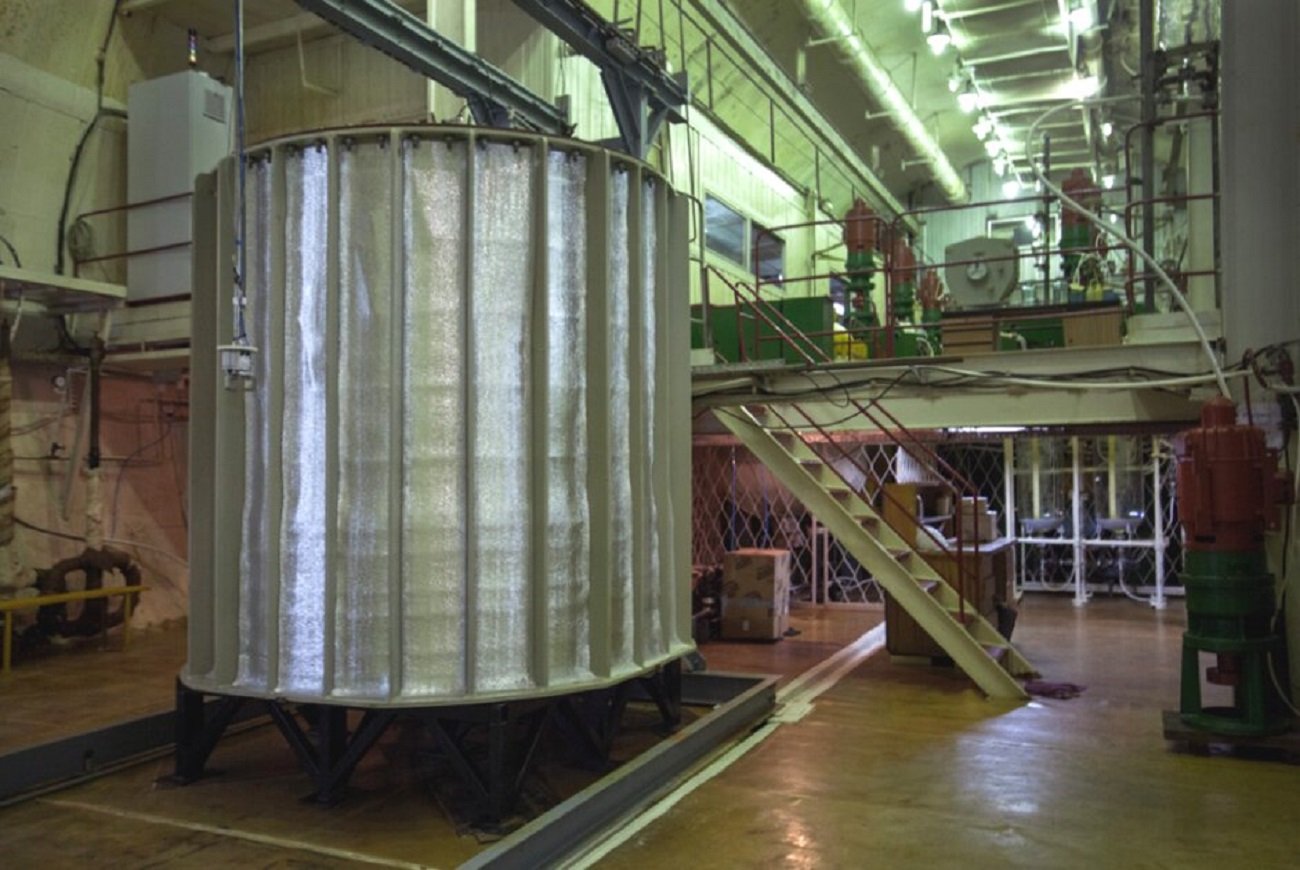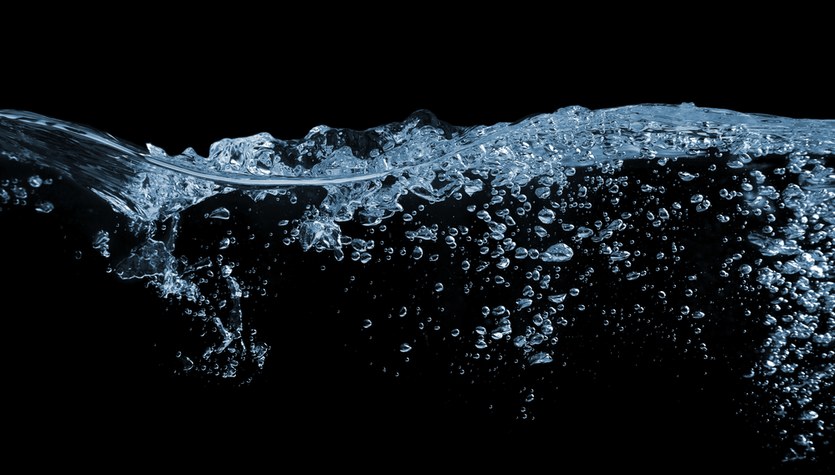It turns out that yes. This is due to the fact that very often by “nothing” or “emptiness” we mean an incredibly small amount of something. In most cases that occur in everyday life, this approximation is fully justified. However, the situation changes dramatically when scientific research is carried out, for example in vacuum chambers. Then it turns out that very often the word “nothing” means “something”. To achieve the proper level of accuracy in the measurements being made, scientists must know as precisely as possible what “nothing” actually means, because it is these single atoms that remain in the seemingly empty vacuum chamber that can influence the results of experiments. that take place there.
Over the past seven years, a team of researchers from the National Institute of Standards and Technology (NIST) has developed a special system to measure the pressure created by residual materials contained in an apparently empty vacuum chamber. CAVS, the Cold Atomic Vacuum Standard, according to its creators, could be a basic standard that enables incredibly accurate measurements without the need for calibration.
w Latest scientific article The authors of CAVS demonstrated that it not only meets the criteria for ultra-low pressure measurements, but also exceeds the capabilities of previously used ultra-low pressure measurement methods. According to the creators of CAVS, it is currently the true standard for all measurements of this type.
How to measure vacuum?
A very cold gas trapped in a magnetic field is used to measure pressure. The laser beam is then directed at the gas, causing it to glow. It is the level of fluorescence of a gas that contains information about how many atoms are in the magnetic field.
In the next step, this measuring device is placed in the vacuum. When the atoms in the vacuum start hitting the trapped atoms, it will knock them out of the magnetic field. Such a collision automatically causes the sample trapped in the magnetic field to glow less and less. This, in turn, allows us to precisely determine how many atoms avoided the collision and remained in the magnetic field, allowing us to determine the pressure they produce.
Scientists are happy with the new standard. According to many, CAVS not only meets all the expectations of the experiments currently being conducted, but also in the coming years, with the development of new processor production technology, it will be excellent in accurate determination of vacuum pressure. Moreover, the device is so easy to use that the scientists left it unattended during the measurements and came back just a few hours later to read the result.
Science, you see, is skewed. Being able to measure ‘nothing’ more accurately would translate into discovering new properties of ‘the thing’, and this is the essence of true science describing the reality around us.

Echo Richards embodies a personality that is a delightful contradiction: a humble musicaholic who never brags about her expansive knowledge of both classic and contemporary tunes. Infuriatingly modest, one would never know from a mere conversation how deeply entrenched she is in the world of music. This passion seamlessly translates into her problem-solving skills, with Echo often drawing inspiration from melodies and rhythms. A voracious reader, she dives deep into literature, using stories to influence her own hardcore writing. Her spirited advocacy for alcohol isn’t about mere indulgence, but about celebrating life’s poignant moments.










